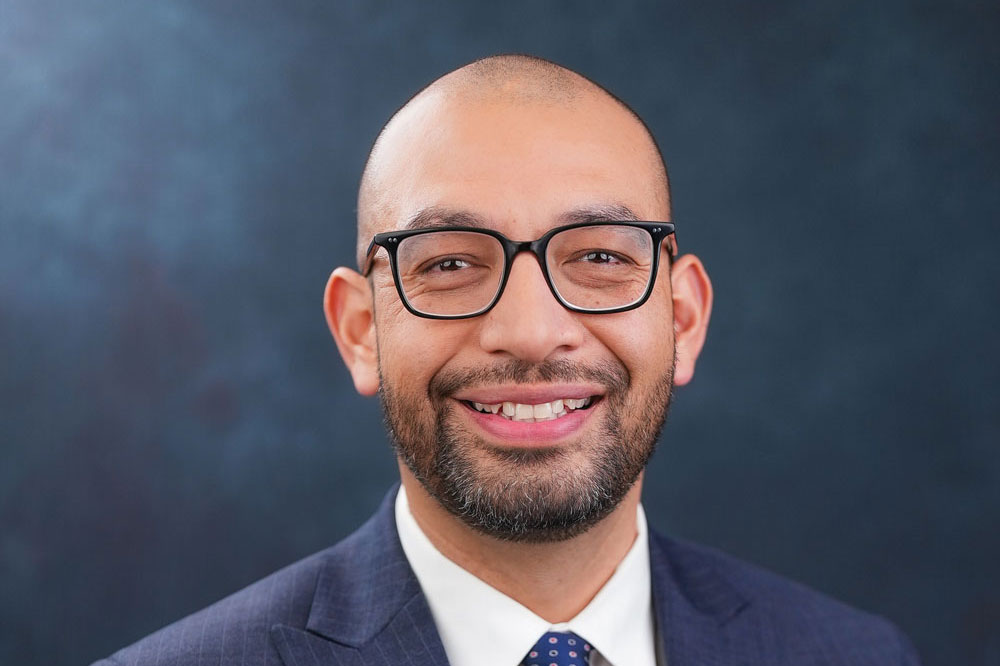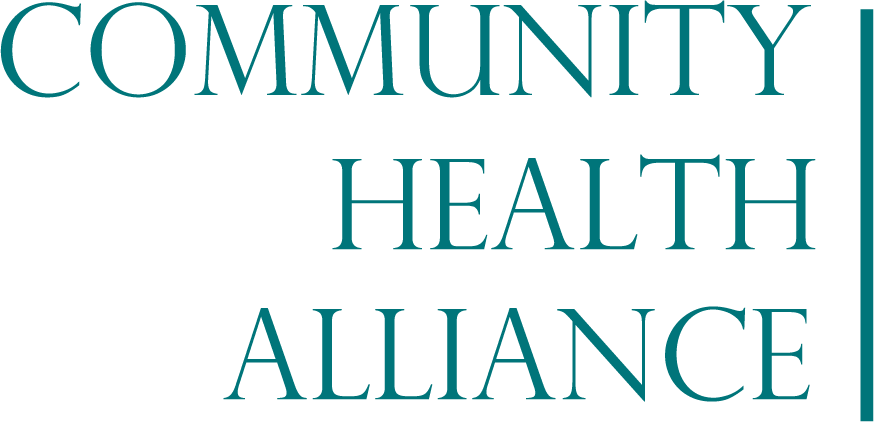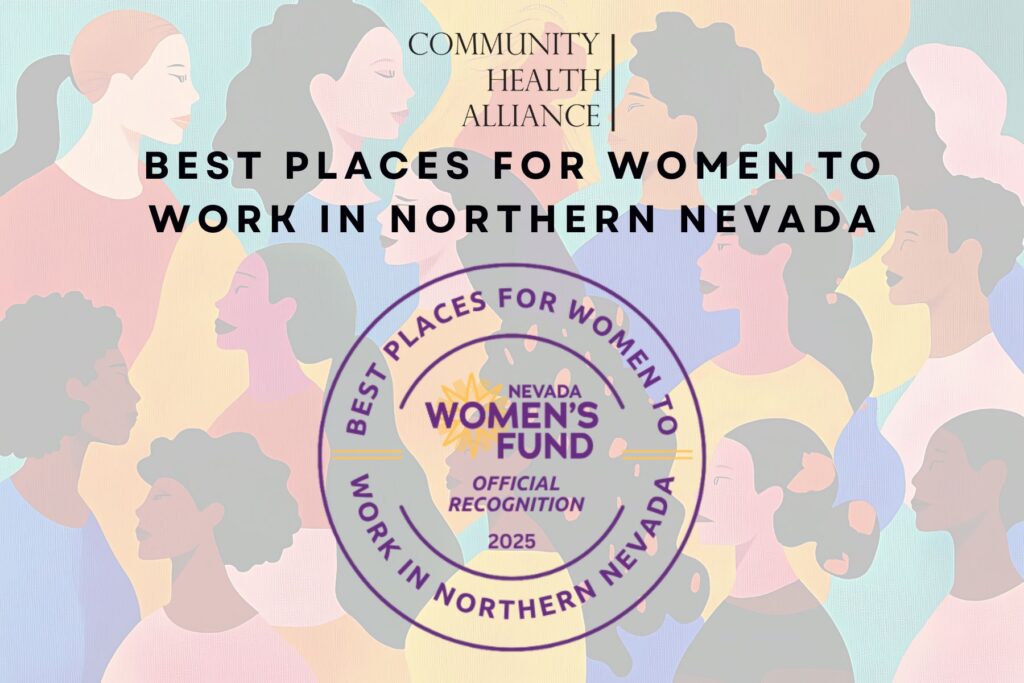The Economic Power of Federally Qualified Health Centers
FQHCs like CHA are vital not only for improving public health, but also for driving economic growth in the communities they serve.

By: Community Health Alliance’s CEO Oscar Delgado, MSW, MUP
At Community Health Alliance (CHA), our mission extends beyond providing health care. As the largest federally qualified health center (FQHC) in Northern Nevada, serving over 30,000 unduplicated patients annually, CHA is committed to enhancing both the health and economic well-being of our community. Robust FQHCs like CHA are vital not only for improving public health, but also for driving economic growth in the communities they serve.
FQHCs are community-based healthcare organizations integral to the nation’s healthcare safety net. Strategically located in socio-economically challenged areas, they ensure that underserved populations have access to essential services. FQHCs receive funds from diverse sources, including Medicare, Medicaid, private insurance, self-pay, and grants. This funding model allows FQHCs to provide comprehensive services, including primary medical care, dental care, mental health, and substance use disorder treatment, regardless of a patient’s ability to pay.
At CHA, we have fully embraced this model, ensuring that no patient is turned away due to financial constraints. This commitment to access is about more than healthcare; it’s about equity and ensuring that every resident of Washoe County can lead a healthy, productive life.
Cost Savings Through Effective Healthcare Delivery
FQHCs generate significant cost savings within the healthcare system, achieved through a variety of mechanisms that not only lower healthcare costs but also improve patient outcomes.
- Lower Prescription Drug Spending: FQHCs benefit from discount drug pricing and integrated treatment models, which lead to reduced drug prices and fewer medications needed by patients. CHA goes further by offering a clinical pharmacy program that assists patients with chronic disease in managing their medications more effectively. This approach not only reduces costs, but also improves treatment adherence, leading to better health outcomes and fewer hospitalizations.
- Reduced Emergency Room Visits: Timely primary care, a cornerstone of the FQHC model, reduces reliance on emergency departments for non-urgent issues. By addressing health concerns before they escalate, CHA helps keep patients out of the emergency room, resulting in significant cost reductions and better overall health.
- Overall Cost Savings: Studies show that the overall costs for patients receiving care at FQHCs are 8-24% lower than those for non-FQHC patients. This cost differential is even more pronounced in pediatric care, where treating children at FQHCs is up to 35% less expensive than at non-FQHC practices.
Direct Economic Impact
Beyond healthcare savings, FQHCs like CHA generate substantial direct economic benefits for their communities through:
- Employment: CHA is a major employer in Northern Nevada, with over 300 employees across its administrative office and six fixed-site locations. In the last 18 months, CHA has expanded its workforce by hiring 33 providers across various disciplines, including medical, dental, behavioral health, and pharmacy. These new hires, some recruited nationally, add to the region’s human capital.
- Supporting Local Economies: The economic impact of FQHCs extends beyond their direct employment contributions. According to the National Association of Community Health Centers (NACHC), every dollar invested in health centers, like CHA, generates an impressive $11 in local economic activity. This return on investment underscores the significant role FQHCs play in both promoting public health and driving economic growth.
- Community Stability and Growth: By providing stable, good paying jobs, and essential services, CHA acts as an anchor to the community. A robust FQHC can attract other businesses and services to the area, enhancing the economic vitality of the neighborhoods in which health centers are located. Additionally, the health and well-being of residents are directly linked to economic productivity; healthier communities have lower absenteeism, higher productivity, and greater overall economic resilience.
As CHA continues to grow and expand its services, we remain committed to enhancing both economic and health outcomes for all residents. Our mission is to provide high-quality healthcare and be a driving force for economic development and community well-being, ensuring that the benefits of our work are felt beyond just the walls of our facilities.
Through cost-effective healthcare delivery and substantial economic contributions, FQHCs like CHA ensure underserved populations receive the care they need while also supporting the broader community. As the healthcare landscape evolves, the role of FQHCs in both healthcare and economic development will only become more critical, making community health centers like CHA indispensable to Nevada’s future.
Sign Up for Our Newsletter
SubscribeSign Up for Our Newsletter
By submitting this form, you are consenting to receive marketing emails from: Community Health Alliance, https://www.chanevada.org. You can revoke your consent to receive emails at any time by using the SafeUnsubscribe® link, found at the bottom of every email. Emails are serviced by Constant Contact
By submitting this form, you are consenting to receive marketing emails from: Community Health Alliance, 680 S. Rock Blvd, Reno, NV, 89502, https://www.chanevada.org. You can revoke your consent to receive emails at any time by using the SafeUnsubscribe link found at the bottom of every email.


